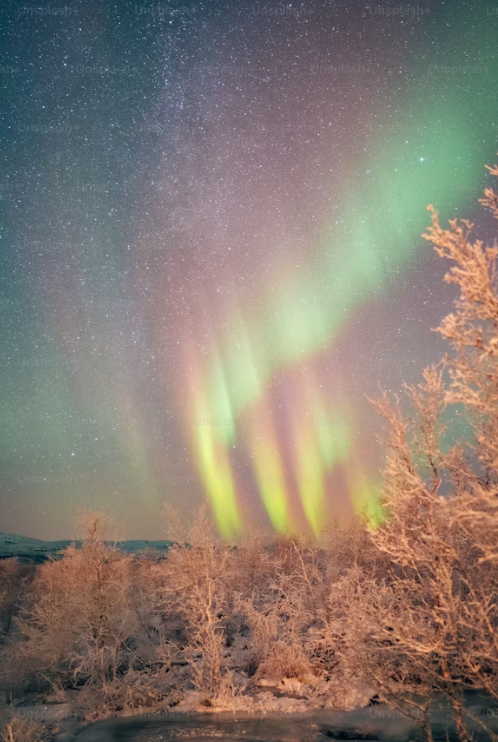Imagine standing under a vast, dark sky as ribbons of green, pink, and purple light dance across the horizon. The Northern Lights, or Aurora Borealis, are one of the most breathtaking natural phenomena, drawing travelers and dreamers to the farthest reaches of the world. Let’s explore the magic of this celestial spectacle.
What Are the Northern Lights?
The Northern Lights are caused by charged particles from the sun colliding with Earth’s atmosphere. When these particles interact with gases like oxygen and nitrogen, they emit colorful light. The result is a dazzling display that can stretch across the sky in ever-changing patterns.
Where Can You See Them?
The best places to witness the Northern Lights are near the Arctic Circle. Popular destinations include:
- Norway (Tromsø): Known as the “Gateway to the Arctic,” this city offers stunning views and aurora cruises.
- Iceland: A mix of dramatic landscapes and dark skies makes this island a top choice.
- Sweden (Abisko): Home to the Aurora Sky Station, offering optimal viewing conditions.
- Finland: Glass igloos in Lapland allow for cozy stargazing.
- Canada (Yukon/Northwest Territories): The untouched wilderness provides a perfect backdrop for the lights.
- Alaska: Remote locations like Fairbanks offer some of the most reliable sightings.
When to Go?
- Best Time: Between September and March when nights are longer and skies are darker.
- Optimal Conditions: Clear, cloudless skies and areas far from light pollution increase your chances.
- Aurora Forecasts: Use apps or websites like the Aurora Tracker to predict activity levels.
What Colors Will You See?
The colors of the aurora depend on the type of gas and the altitude of the collision:
- Green: The most common color, caused by oxygen at lower altitudes.
- Pink and Purple: A rarer sight, created by nitrogen interactions.
- Red: A result of high-altitude oxygen, appearing during intense solar activity.
How to Make the Most of Your Experience
- Dress Warmly: Temperatures in northern regions can plummet—layer up with insulated clothing.
- Bring a Camera: Capture the magic with a DSLR or smartphone with manual settings. Use a tripod for long-exposure shots.
- Be Patient: The aurora doesn’t follow a schedule; it might take hours of waiting.
- Embrace the Moment: Sometimes, the best memories are made without the lens—simply look up and be present.
Why the Northern Lights Matter
The Northern Lights are more than just a spectacle—they’re a reminder of the universe’s wonders and our connection to it. Many cultures have myths and legends surrounding the aurora:
- Norse Mythology: Believed the lights were reflections from the shields of the Valkyries.
- Indigenous Beliefs: Some Inuit tribes see the lights as spirits playing in the sky.
Tips for Responsible Aurora Tourism
- Respect the Environment: Avoid littering and minimize your impact on the fragile ecosystems of northern areas.
- Support Local Communities: Choose local guides, accommodations, and businesses to contribute to the economy.
- Stay Safe: If venturing into remote areas, go with a guide or ensure you have proper navigation tools.
Final Thoughts
The Northern Lights are a bucket-list experience for a reason—they’re a mesmerizing blend of science, beauty, and mystery. Standing under their glow is a humbling reminder of the vastness and brilliance of the cosmos. Whether you capture the perfect photo or simply let the colors wash over you, the aurora leaves an impression that lasts a lifetime.




Congratulations, your post has been upvoted by @dsc-r2cornell, which is the curating account for @R2cornell's Discord Community.
Enhorabuena, su "post" ha sido "up-voted" por @dsc-r2cornell, que es la "cuenta curating" de la Comunidad de la Discordia de @R2cornell.